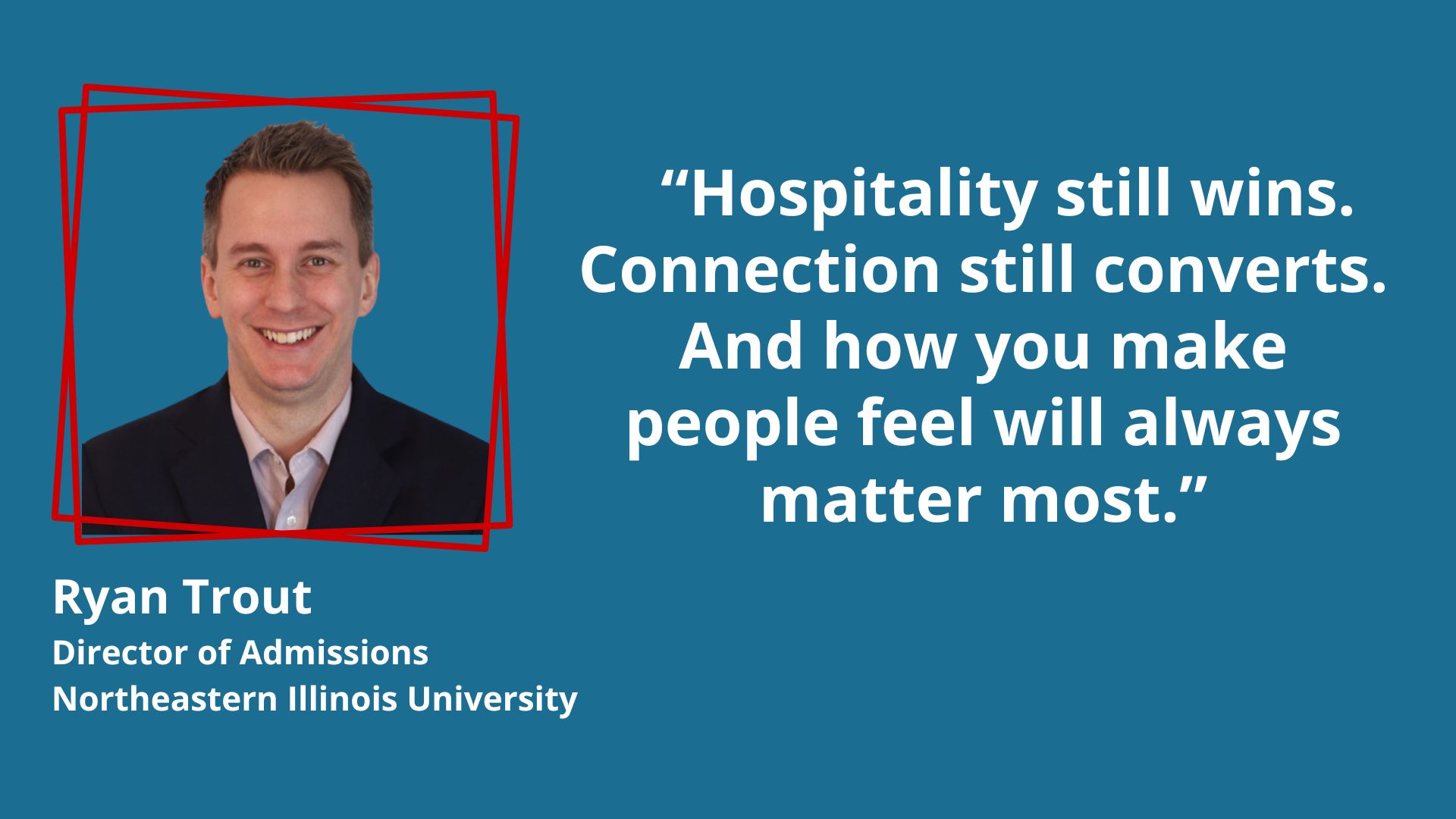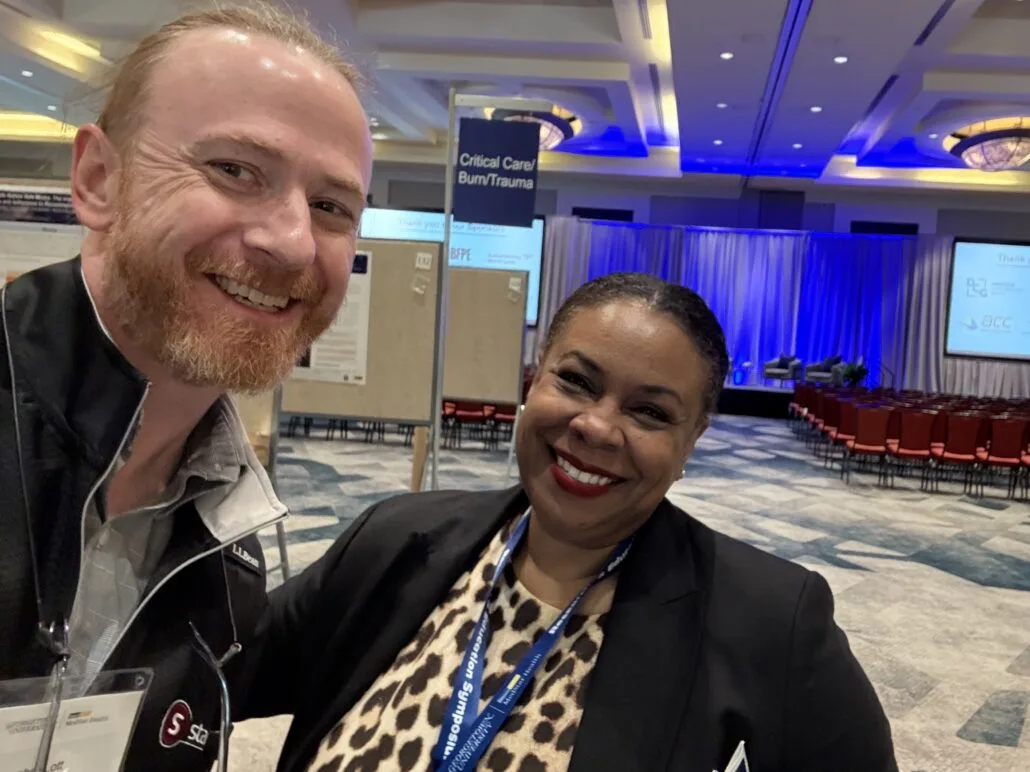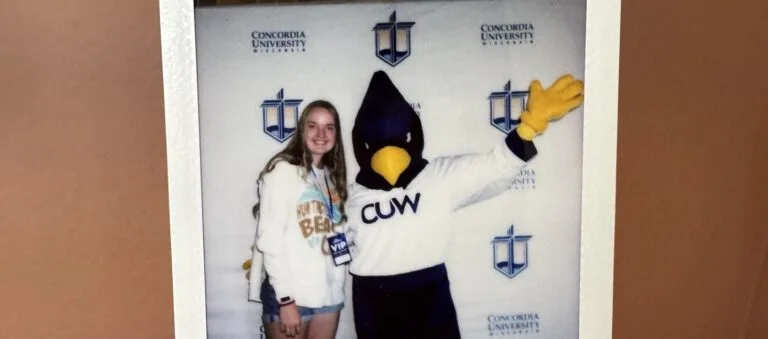Category: Enrollment Marketing
-

Relationship-Driven Admissions: Proven Ways to Engage Students & Meet Enrollment Goals
-

Standing Out in a Saturated Market — What Every School Can Learn from How William & Mary Markets its MBA Programs
-

The Art of Prospect Nurturing: 5 Tips to Turn Inquiries Into Enrollments
-

How to Build Trust in Content Marketing with Your Leadership Team
-

Strategies to Enhance Your College’s Visit Experience
-

Essential Questions to Guide New Program Development
-

Boost Enrollment Today: The Impact of Cohesive Branding
-

3 Ways Career-Focused Storytelling Wins in Higher Ed—and How to Get Started
-

Build a Better Recruitment Piece: Key Strategies to Earn Enrollment